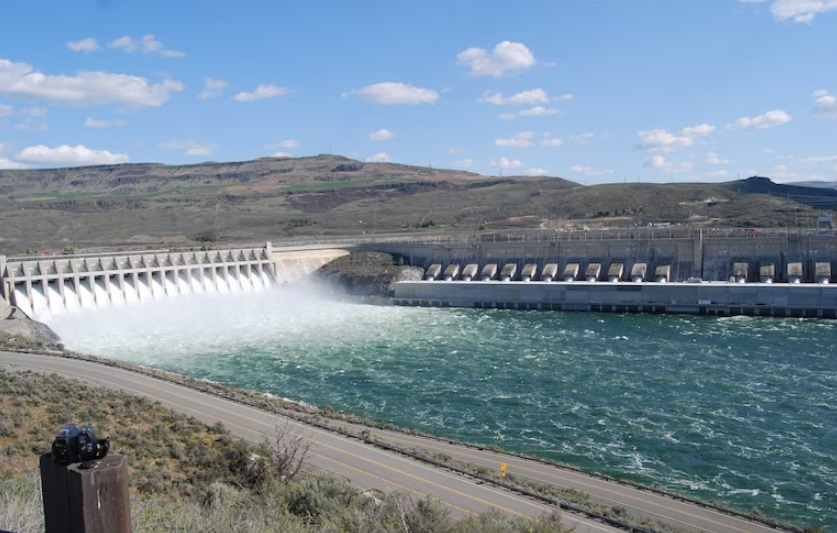
PORTLAND, OR – With frigid temperatures and near record-setting snow accumulation in some areas of the Pacific Northwest, U.S. Army Corps of Engineers dams responded by producing power to keep the lights and heat on. The agency has 21 dams in the Columbia and Willamette river basins that ramp up power production to keep the grid stable during high demands.
“Our dams have multiple benefits, but a notable one is hydropower generation,” according to Rich Hilt, Hydropower Outage Coordinator, Northwestern Division, USACE. “Dams give us the ability to ramp up quickly when there is increased demand or cut output depending on need or what other generation is available. My home’s heating system had to work harder to keep my house warm over the past few days, and I’m thankful the grid could provide that power continuously. I’d bet, anyone that uses electricity to heat their home here in the Northwest has the same sentiment.”
The flexibility of hydropower can be critical when the weather changes and other sources can’t match consumer demands. However, water managers need to balance competing priorities and that becomes increasingly difficult when there’s a lack of precipitation combined with colder temperatures.
“During the late February weather event, USACE was able to turn on our turbines to increase production,” Hilt says. “Hydropower dams have a lot of flexibility to respond quickly to energy demand, using the stored water to spin turbines within minutes of demand increases. For example, we were able to increase to nearly 7,100 megawatts for the highest energy demand hours and backed off to approximately 3,300 megawatts when the load dropped again. If there was more water in the system, our response could have been greater.”
The Northwest Power and Conservation Council estimates one average megawatt is enough to power about 796 Northwest homes for a year, so 7,100 megawatts could provide power to more the 5.6 million homes. Once the temperatures and load demands normalized, dam operators reduced output, based on need.
After February’s cold snap, USACE staff will continue to monitor snow melt and runoff to reduce flooding or use that water for other benefits, such as spills for fish, water quality, etc. This year has been dry so this snowstorm could help water managers throughout the Columbia River Basin as they plan for the rest of the year.
The Columbia River Basin is a large and complex system with variable stream flows and weather patterns. The economic vitality of the region and its tribes, communities, industries, and fish and wildlife species all depend on the system’s ability to provide for multiple uses, including flood risk management, hydropower, navigation, irrigation, recreation, water quality, and fish and wildlife.

John Day Lock and Dam’s colorful line of 16 generators and its powerhouse, near Rufus, Oregon, can provide a maximum of 2,160 megawatts of power on an annual basis That is enough to power 1.7 million homes.

